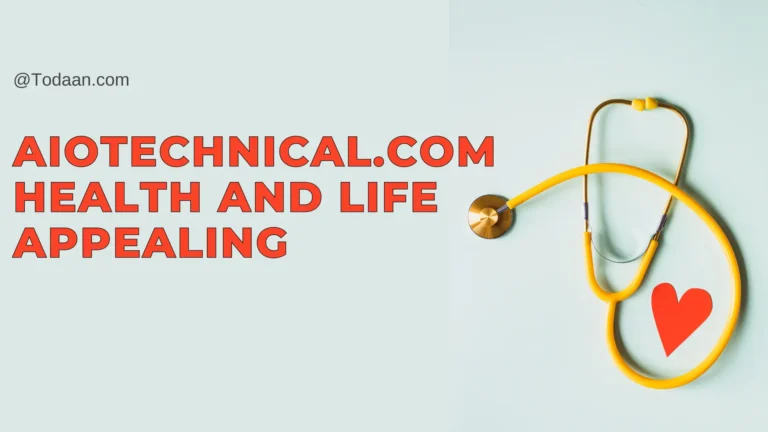Are There Any Side Effects Associated with PRF Hair Therapy?
Platelet-Rich Fibrin (PRF) therapy has gained significant attention in recent years as a non-surgical and innovative approach to promote hair growth and combat hair loss. As with any medical procedure, individuals considering PRF therapy often ponder the potential side effects associated with this treatment.
In this exploration, we delve into the intricacies of PRF hair therapy, shedding light on its mechanism, effectiveness, and the existing knowledge regarding its side effects.
Understanding PRF Hair Therapy
PRF therapy is a cutting-edge regenerative medicine technique that utilizes the patient’s own blood components to stimulate healing and tissue regeneration. In the context of hair restoration, PRF is derived from the patient’s blood and contains concentrated platelets, growth factors, and cytokines. These elements play a crucial role in promoting cell proliferation, angiogenesis, and collagen synthesis, creating an optimal environment for hair follicle stimulation and growth.
Mechanism of Action
The mechanism behind PRF hair therapy involves drawing a small amount of the patient’s blood, processing it to isolate the PRF, and then injecting the PRF into the targeted areas of the scalp. The growth factors and platelets present in PRF stimulate the dormant hair follicles, promoting hair growth and improving the overall health of existing hair. This autologous approach minimizes the risk of allergic reactions or adverse effects associated with foreign substances.
How Effective is PRF Hair Therapy?
Platelet-Rich Plasma (PRP) Hair Therapy has gained popularity as a non-surgical solution for hair restoration. This innovative treatment involves extracting a patient’s own blood, processing it to concentrate the platelets, and then injecting the enriched plasma into the scalp. Proponents of PRF Hair Therapy argue that the growth factors in platelets stimulate hair follicles, promoting hair regrowth and improving thickness.
Studies and anecdotal evidence suggest that PRF Hair Therapy can be effective in treating certain types of hair loss, such as androgenetic alopecia. However, its efficacy can vary among individuals, and results may take time to manifest. While some patients report positive outcomes, others may experience minimal improvement.
Factors like the underlying cause of hair loss, the patient’s overall health, and adherence to post-treatment care can influence the success of PRF Hair Therapy. Consulting with a qualified healthcare professional can help determine its suitability for individual cases and provide realistic expectations for potential outcomes.
PRF Hair Therapy Side Effects
Platelet-Rich Plasma (PRP) Hair Therapy is generally considered safe, as it involves using the patient’s own blood components. However, like any medical procedure, there can be potential side effects. It’s essential to note that the severity and frequency of side effects may vary among individuals. Here are five potential side effects associated with PRF Hair Therapy:
1. Pain and Discomfort: Some patients may experience mild pain or discomfort at the injection site. This is typically temporary and can be managed with over-the-counter pain relievers.
2. Swelling and Bruising: Injection-related trauma may lead to temporary swelling or bruising at the treatment site. This is usually mild and resolves on its own within a few days.
3. Infection Risk: As with any injection procedure, there is a minimal risk of infection. It’s crucial to follow proper hygiene and post-treatment care instructions to reduce this risk.
4. Allergic Reaction: While exceedingly rare, some individuals may have an allergic reaction to components in the PRP. This underlines the importance of thorough medical history reviews and potential allergy assessments before the procedure.
5. No Improvement or Minimal Results: Not a side effect in the traditional sense, but it’s important to acknowledge that PRF Hair Therapy might not be equally effective for everyone. Some individuals may experience minimal improvement or no change in hair growth despite undergoing the treatment.
Patients considering PRF Hair Therapy should have a thorough discussion with their healthcare provider to understand the potential risks and benefits, as well as to ensure they are suitable candidates for the procedure.
Conclusion
In conclusion, PRF hair therapy represents a promising avenue for individuals seeking non-surgical solutions for hair restoration. As of the present, the evidence suggests that PRF therapy is generally safe, with minimal and temporary side effects. The autologous nature of the treatment contributes to its safety profile, minimizing the risk of adverse reactions. However, the dynamic nature of medical research calls for ongoing monitoring to further elucidate the long-term safety of PRF therapy. As with any medical procedure, individuals considering PRF hair therapy should consult with qualified healthcare professionals to make informed decisions based on their specific needs and circumstances.







